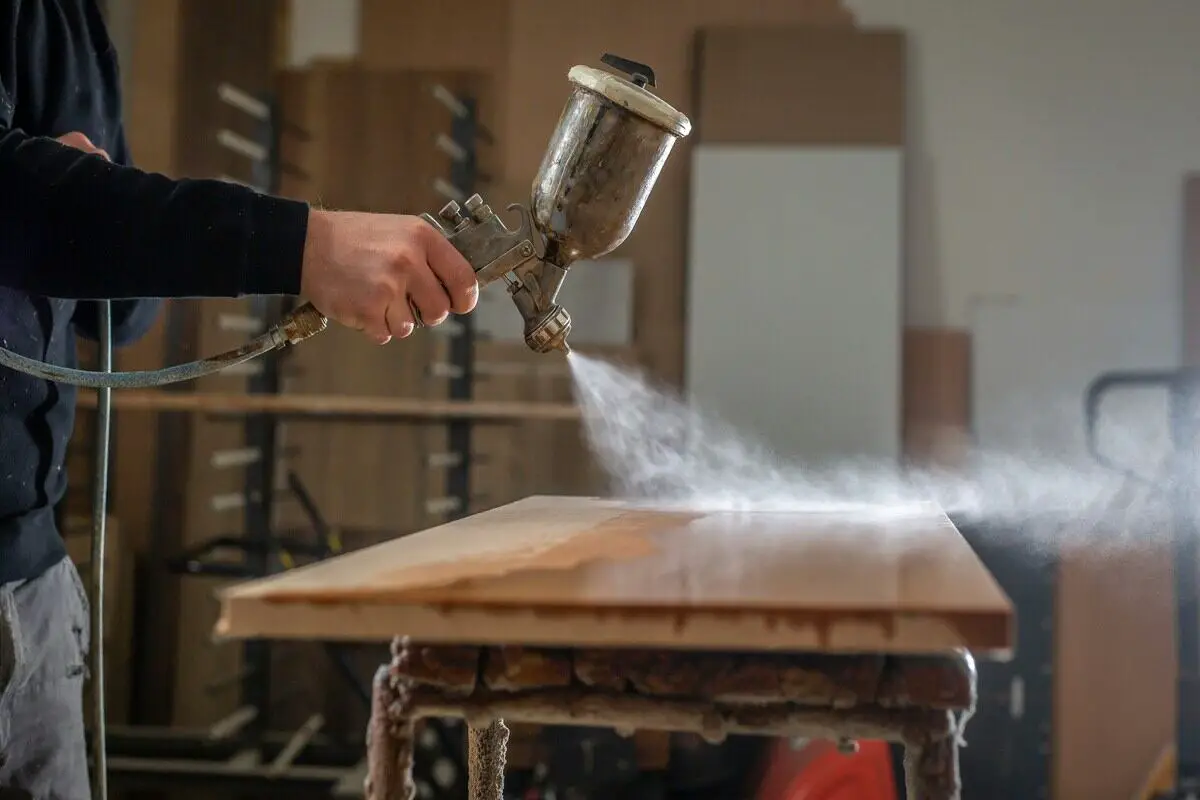Introduction
Understanding the Scope of Home Restoration
Embarking on a home restoration project is an exciting journey that promises to rejuvenate your living space and enhance its functionality and aesthetic appeal. Whether you're revitalizing an old Victorian home or modernizing a mid-century ranch, careful planning and budgeting are crucial to ensure the project stays on track and meets your expectations.
Setting Your Goals
Assessing Current Condition
Before diving into any restoration work, begin by thoroughly assessing the current condition of your home. Walk through each room and note down areas that require attention. Look for structural issues, outdated features, or any damage that needs repair. This assessment forms the foundation for outlining what needs to be restored or upgraded.
Identifying Key Areas for Improvement
Once you have a clear understanding of your home's condition, prioritize areas for improvement based on your vision. Decide whether you want to focus on enhancing the exterior curb appeal, upgrading interior spaces like the kitchen and bathrooms, or addressing specific functional aspects such as plumbing or electrical systems.
Research Phase
Exploring Design Trends
Research current design trends and restoration techniques that align with your vision. Look for inspiration in home décor magazines, and online platforms like Pinterest or Houzz, and visit home improvement expos or local historic homes for practical ideas.
Collecting Reference Materials
Compile reference materials such as photos, sketches, and design plans that illustrate your desired outcomes. These visuals will be invaluable when communicating your vision to contractors and designers.
Assessing Budget Requirements
Budgeting accurately for materials and labor is essential to avoid financial surprises during the project. Research the cost of materials such as flooring, cabinetry, fixtures, and paint. Obtain quotes from contractors or suppliers to understand labor costs based on the scope of work.
Factoring in Contingencies
Include a contingency fund in your budget to cover unexpected expenses or changes in plans. A general rule of thumb is to allocate 10-20% of your total budget for contingencies to ensure you're prepared for unforeseen challenges.
Creating a Detailed Plan
Break down the restoration project into phases and create a timeline that outlines when each phase will begin and end. Consider dependencies between tasks to ensure a smooth workflow and avoid delays.
Allocating Resources Efficiently
Allocate resources such as manpower, equipment, and materials efficiently to maximize productivity. Coordinate with contractors and suppliers to schedule deliveries and installations in alignment with your timeline.
Hiring Professionals vs. DIY
Evaluating DIY Feasibility
If you're considering DIY projects, assess the feasibility based on your experience, available time, and tools. Simple tasks like painting or minor carpentry may be manageable DIY projects, whereas intricate restoration work may necessitate professional expertise.
Choosing Materials and Finishes
Select materials and finishes that align with your design aesthetic while prioritizing durability and functionality. Choose high-quality materials that offer longevity and require minimal maintenance to ensure your investment lasts.
Sustainable and Durable Options
Consider eco-friendly and sustainable materials that contribute to energy efficiency and environmental conservation. Explore options such as recycled materials, low-VOC paints, and energy-efficient appliances to reduce your home's carbon footprint.
Obtaining Necessary Permits
Navigating Legal Requirements
Before starting any major restoration work, check local building codes and regulations to determine if permits are required. Depending on the scope of your project, permits may be necessary for structural changes, electrical or plumbing upgrades, or exterior modifications.
Understanding Local Regulations
Consult with your local municipality or building department to understand specific permit requirements and application procedures. Failing to obtain necessary permits can result in fines, project delays, or even legal issues, so it's crucial to comply with all regulations.
Managing Project Risks
Anticipate potential challenges such as supply chain disruptions, weather delays, or unexpected structural issues. Build a buffer in your budget and schedule to accommodate these challenges and minimize their impact on the project timeline.
Building a Buffer for Unexpected Issues
In addition to a contingency fund, allocate extra time in your project schedule for unforeseen delays or setbacks. Communicate openly with contractors and suppliers to address issues promptly and keep the project moving forward smoothly.
Monitoring Progress
Keeping Track of Milestones
Regularly review progress against your timeline and milestones to ensure the project is on schedule. Stay in communication with your contractors and subcontractors to address any delays or concerns promptly.
Adjusting Plans as Necessary
Be flexible and prepared to adjust your plans if unexpected changes occur. Communicate any changes to all parties involved and update your timeline and budget accordingly to maintain transparency and accountability.
Quality Assurance and Inspection
Ensuring Compliance with Standards
Throughout the restoration process, prioritize quality assurance to ensure all work meets building codes and industry standards. Schedule inspections as required by local authorities to verify compliance with structural, electrical, and plumbing regulations.
Conducting Final Checks
Before finalizing the project, conduct a thorough inspection of all completed work. Look for any defects or unfinished details that need attention. Addressing these issues promptly will ensure your home restoration project is completed to your satisfaction.
Final Touches and Completion
Adding Personal Touches
As the project nears completion, add personal touches and enhancements that reflect your style and personality. Whether it's selecting décor, furnishings, or landscaping elements, these final touches will bring your vision to life and make your home truly unique.
Celebrating Project Completion
Once all work is finished and inspections are passed, take time to celebrate the successful completion of your home restoration project. Invite friends and family to admire your transformed space and enjoy the fruits of your labor.





